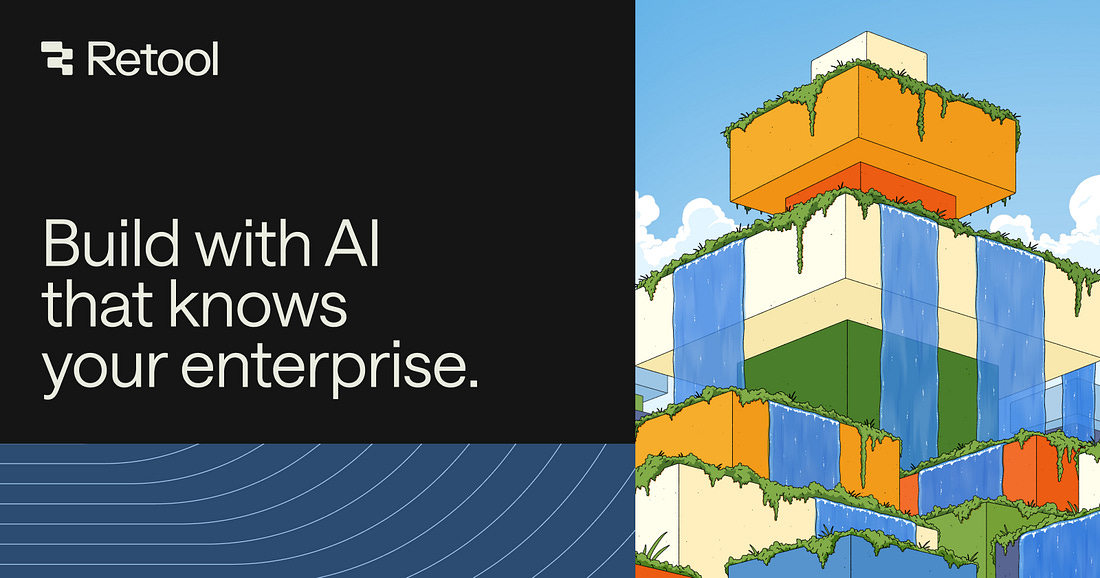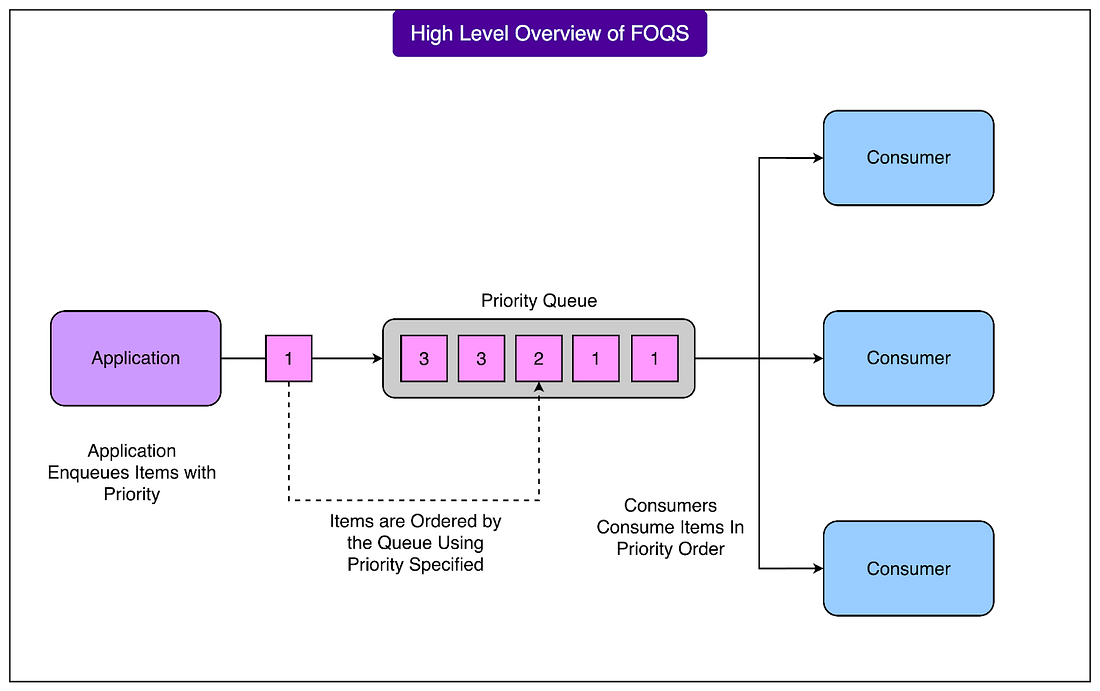|
AI AppGen that understands your business (Sponsored)
AI app builders can scaffold a UI from a prompt. But connecting it to your data, deploying it to your preferred environment, and securing it by default? That’s where most tools break down.
Retool takes you all the way—combining AI app generation with your live data, shared components, and security rules to build full-stack apps you can ship on day one.
Generate apps on top of your data, visually edit in context, and get enterprise-grade RBAC, SSO, and audit logs automatically built in.
Disclaimer: The details in this post have been derived from the details shared online by the Facebook/Meta Engineering Team. All credit for the technical details goes to the Facebook/Meta Engineering Team. The links to the original articles and sources are present in the references section at the end of the post. We’ve attempted to analyze the details and provide our input about them. If you find any inaccuracies or omissions, please leave a comment, and we will do our best to fix them.
Modern large-scale systems often need to process enormous volumes of work asynchronously.
For example, a social network like Facebook handles many different kinds of background jobs. Some tasks, such as sending a notification, must happen quickly. Others, like translating a large number of posts into multiple languages, can be delayed or processed in parallel. To manage this variety of workloads efficiently, the Facebook engineering team built a service called Facebook Ordered Queueing Service (FOQS).
FOQS is a fully managed, horizontally scalable, multi-tenant distributed priority queue built on sharded MySQL.
In simpler terms, it is a central system that can reliably store and deliver tasks to many different consumers, while respecting their priorities and timing requirements. It acts as a decoupling layer between services, allowing one service to enqueue work and another to process it later. This design keeps systems more resilient and helps engineers control throughput, retry logic, and ordering without building complex custom queues themselves.
The “distributed” part means FOQS runs on many servers at once, and it automatically divides data across multiple MySQL database shards to handle extremely high volumes of tasks. The “priority queue” part means that items can be assigned different importance levels, so the most critical tasks are delivered first. FOQS also supports delayed delivery, letting engineers schedule work for the future rather than immediately.
FOQS plays a key role in some of Facebook’s largest production workflows:
The Async platform uses FOQS to defer non-urgent computation and free up resources for real-time operations.
Video encoding systems use it to fan out a single upload into many parallel encoding jobs that need to be processed efficiently.
Language translation pipelines rely on it to distribute large amounts of parallelizable, compute-heavy translation tasks.
At Facebook’s scale, these background workflows involve trillions of queue operations per day. In this article, we look at how FOQS is structured, how it processes enqueues and dequeues, and how it maintains reliability.
Core Concepts of FOQS
Before looking at how FOQS works internally, it is important to understand the core building blocks that make up the system. Each of these plays a distinct role in how FOQS organizes and delivers tasks at scale.
Namespace
A namespace is the basic unit of multi-tenancy and capacity management in FOQS. Each team or application that uses FOQS gets its own namespace. This separation ensures that one tenant’s workload does not overwhelm others and allows the system to enforce clear performance and quota guarantees.
Every namespace is mapped to exactly one tier. A tier consists of a fleet of FOQS hosts and a set of MySQL shards. You can think of a tier as a self-contained slice of the FOQS infrastructure. By assigning a namespace to a specific tier, Facebook ensures predictable capacity and isolation between different workloads.
Each namespace is also assigned a guaranteed capacity, measured in enqueues per minute. This is the number of items that can be added to the queue per minute without being throttled. These quotas help protect the underlying storage and prevent sudden spikes in one workload from affecting others.
Overall, this design allows FOQS to support many different teams inside Facebook simultaneously, each with its own usage pattern.
Topic
Within a namespace, work is further organized into topics.
A topic acts as a logical priority queue, identified by a simple string name. Topics are designed to be lightweight and dynamic. A new topic is created automatically when the first item is enqueued to it, and it is automatically cleaned up when it becomes empty. There is no need for manual provisioning or configuration.
To help consumers discover available topics, FOQS provides an API called GetActiveTopics. This returns a list of currently active topics in a namespace, meaning topics that have at least one item waiting to be processed. This feature allows consumers to easily find which queues have pending work, even in systems with a large and changing set of topics.
Dynamic topics make FOQS flexible. For example, a video processing system might create a new topic for each uploaded video to process its encoding tasks in isolation. Once the encoding finishes and the queue is empty, the topic disappears automatically.
Item
The item is the most important unit in FOQS because it represents a single task waiting to be processed. Internally, each item is stored as one row in a MySQL table, which allows FOQS to leverage the reliability and indexing capabilities of MySQL.
Each item contains several fields:
Namespace and topic identify which logical queue the item belongs to.
Priority is a 32-bit integer where a lower value means higher priority. This determines the order in which items are delivered.
Payload contains the actual work data. This is an immutable binary blob, up to around 10 KB in size. For example, it could include information about which video to encode or which translation task to perform.
Metadata is a mutable field containing a few hundred bytes. This is often used to store intermediate results, retry counts, or backoff information during the item’s lifecycle.
Deliver_after is a timestamp that specifies when the item becomes eligible for dequeue. This enables delayed delivery, which is useful for scheduling tasks in the future or applying backoff policies.
Lease_duration defines how long a consumer has to acknowledge or reject (ack/nack) the item after dequeuing it. If this time expires without a response, FOQS applies the namespace’s redelivery policy.
TTL (time-to-live) specifies when the item should expire and be removed automatically, even if it has not been processed.
FOQS ID is a globally unique identifier that encodes the shard ID and a 64-bit primary key. This ID allows FOQS to quickly locate the item’s shard and ensure correct routing for acknowledgments and retries.
Together, these fields give FOQS the ability to control when items become available, how they are prioritized, how long they live, and how they are tracked reliably in a dist

